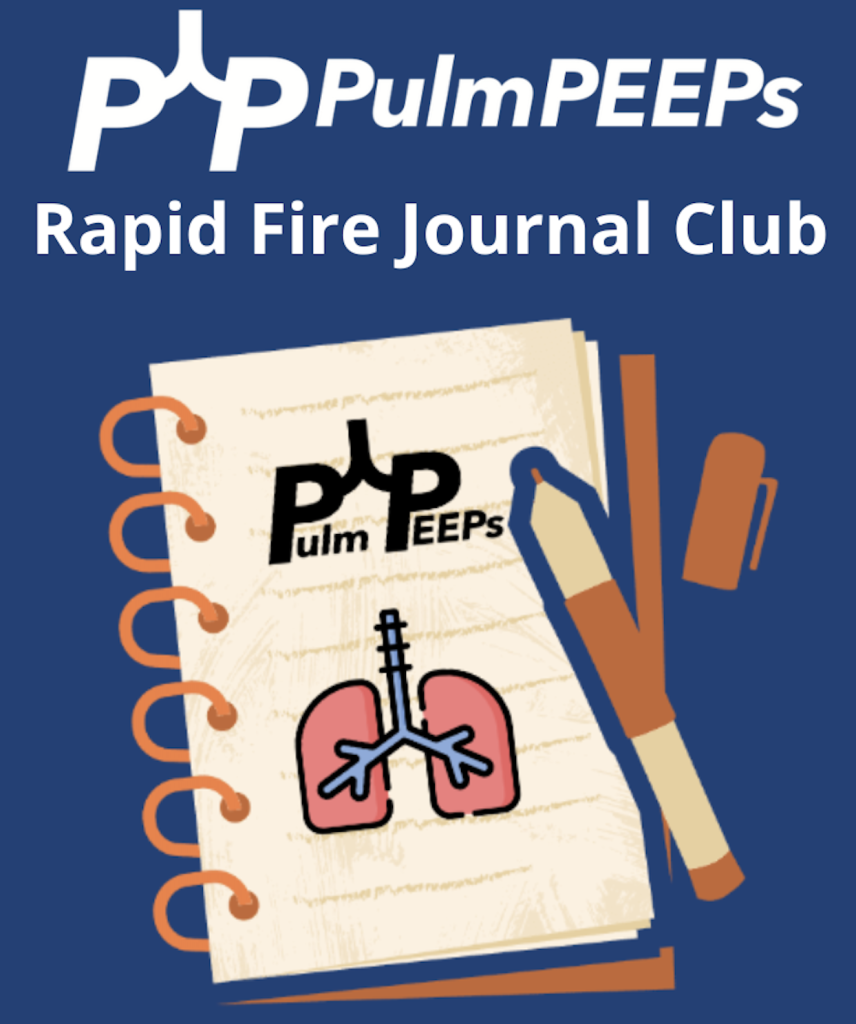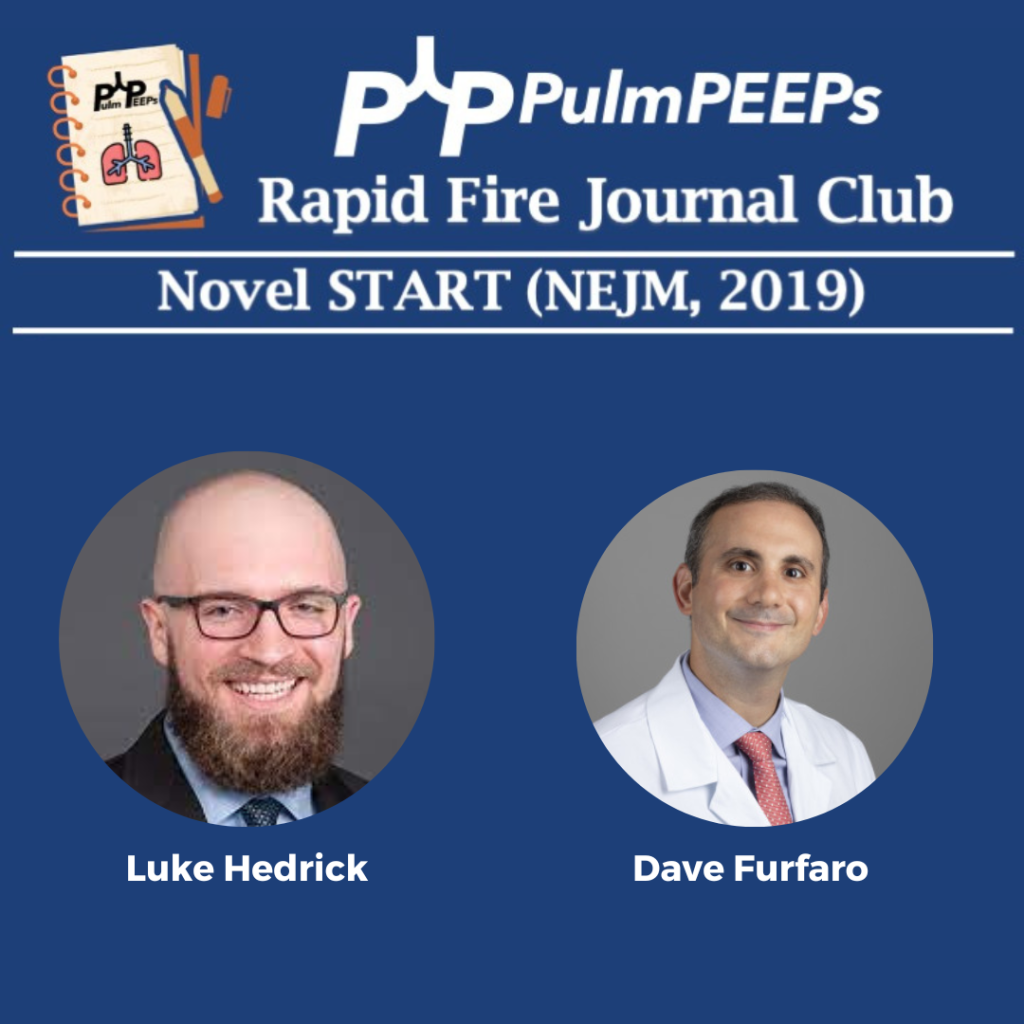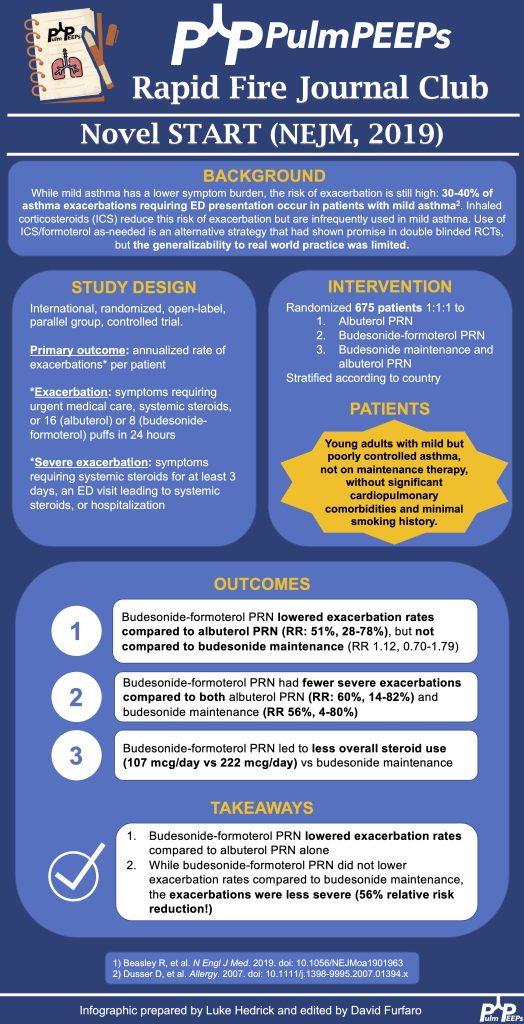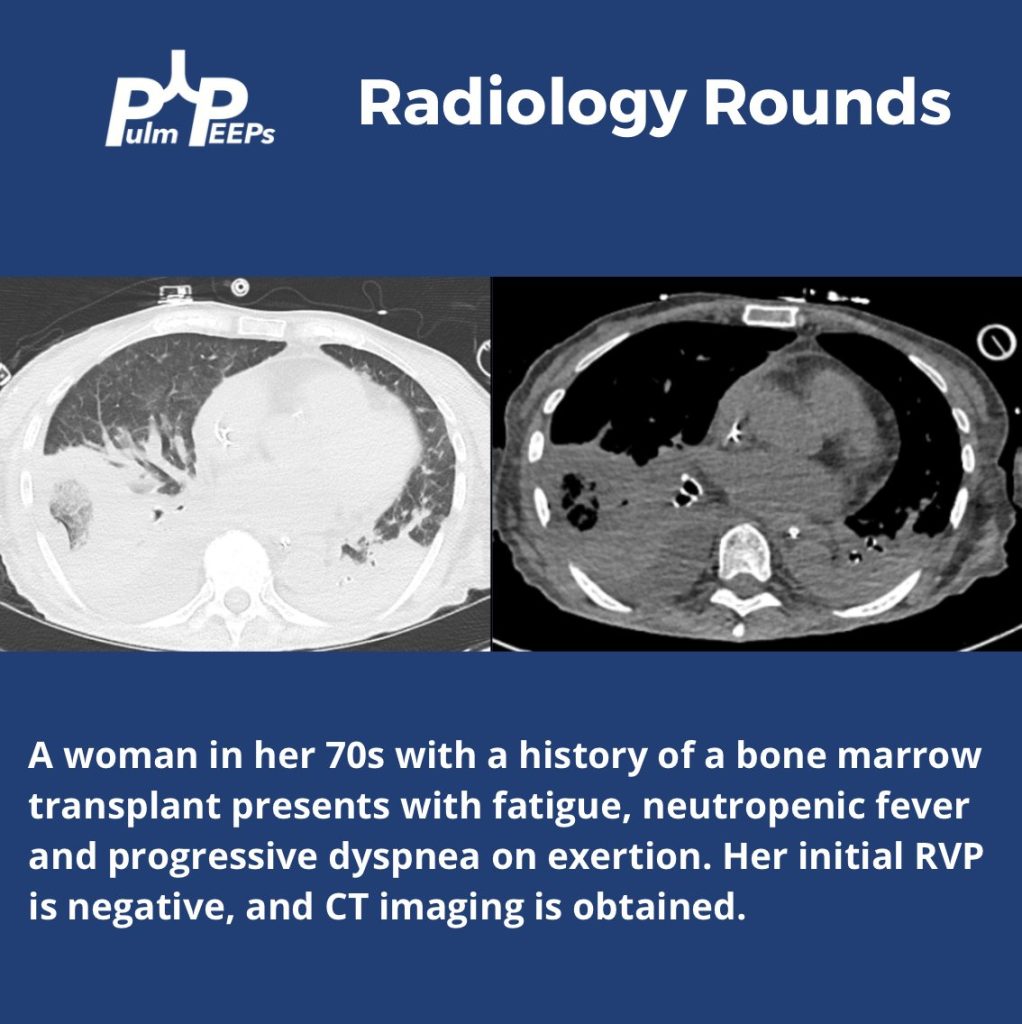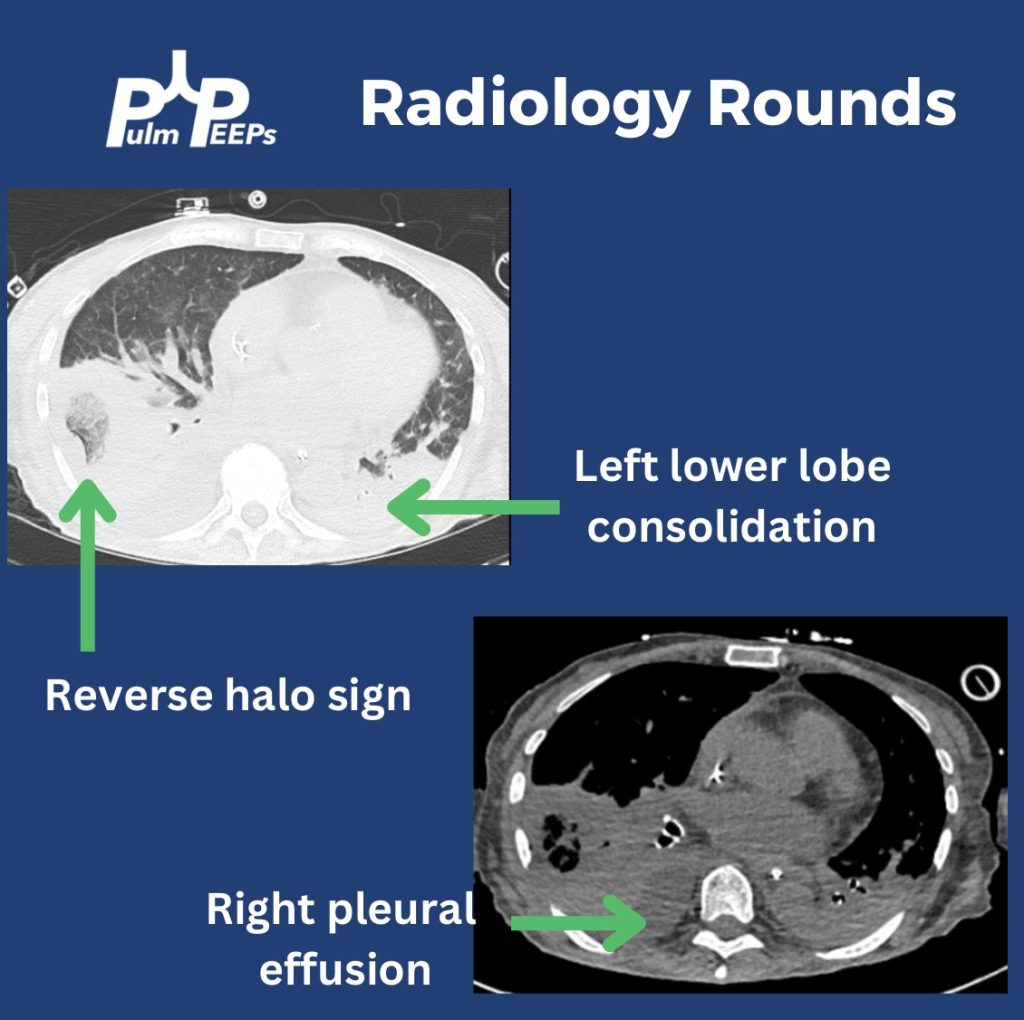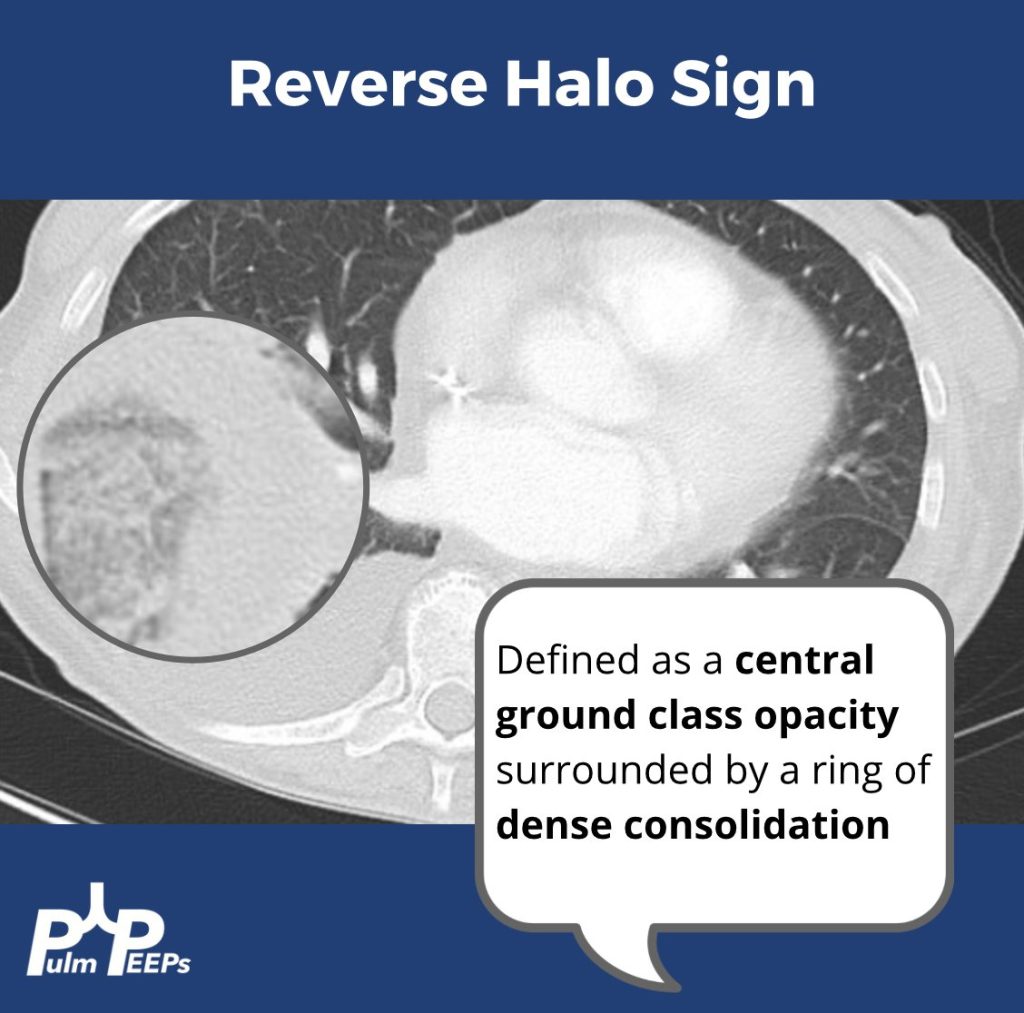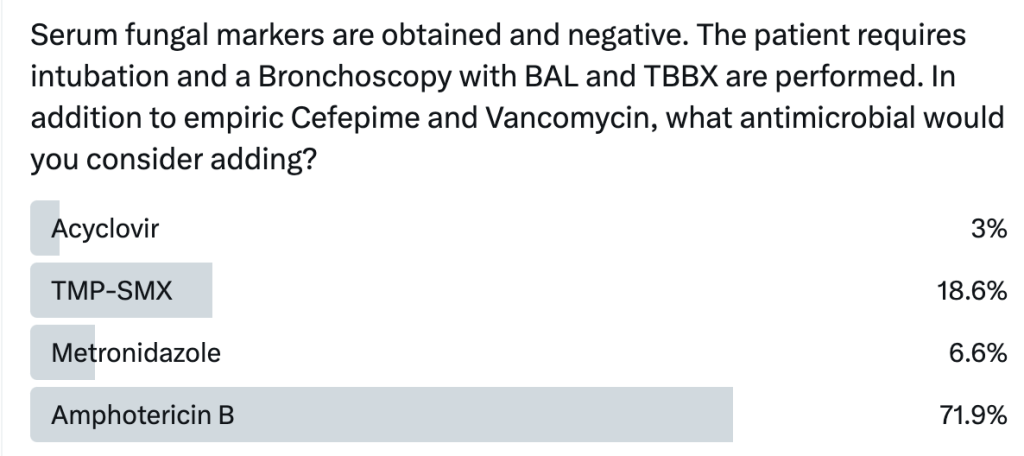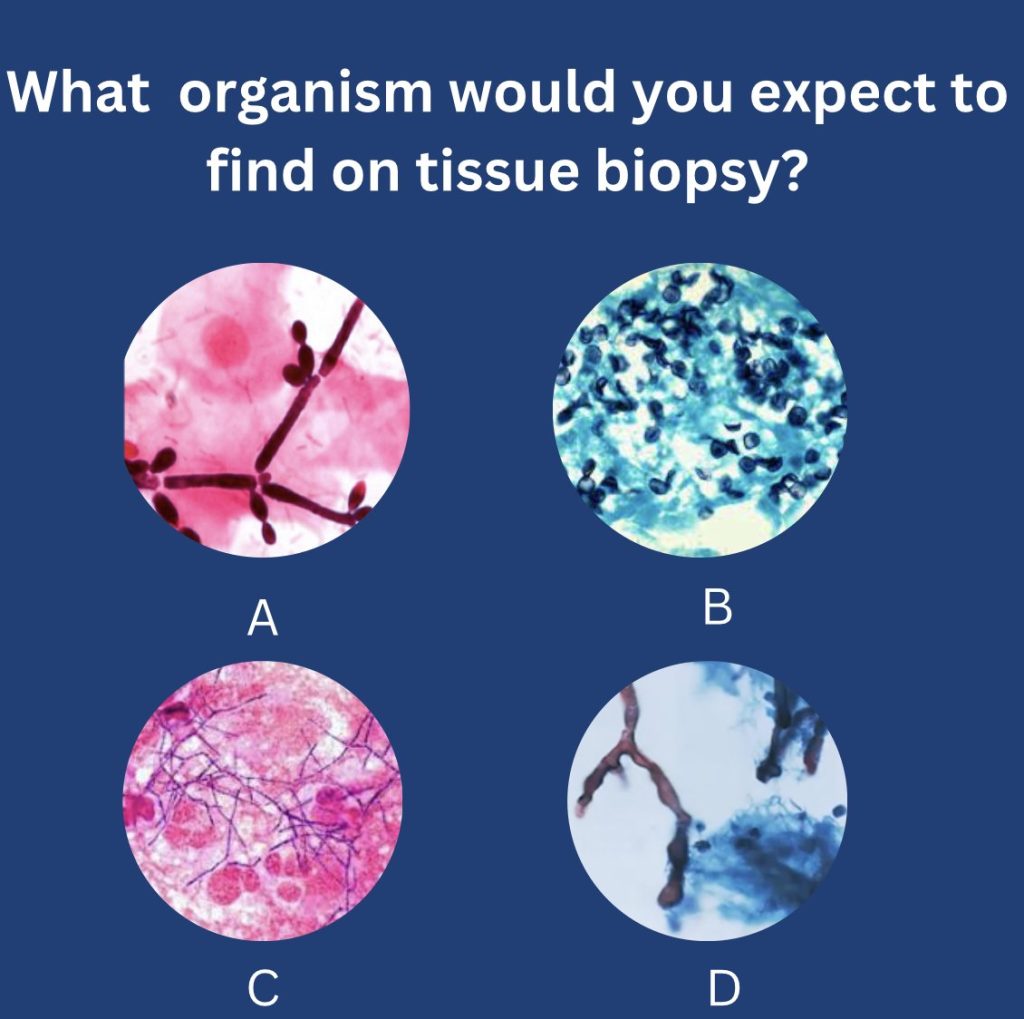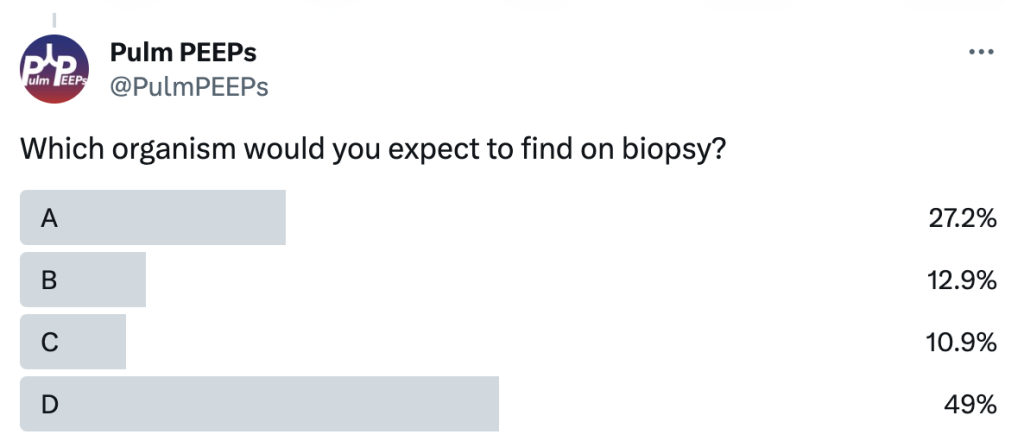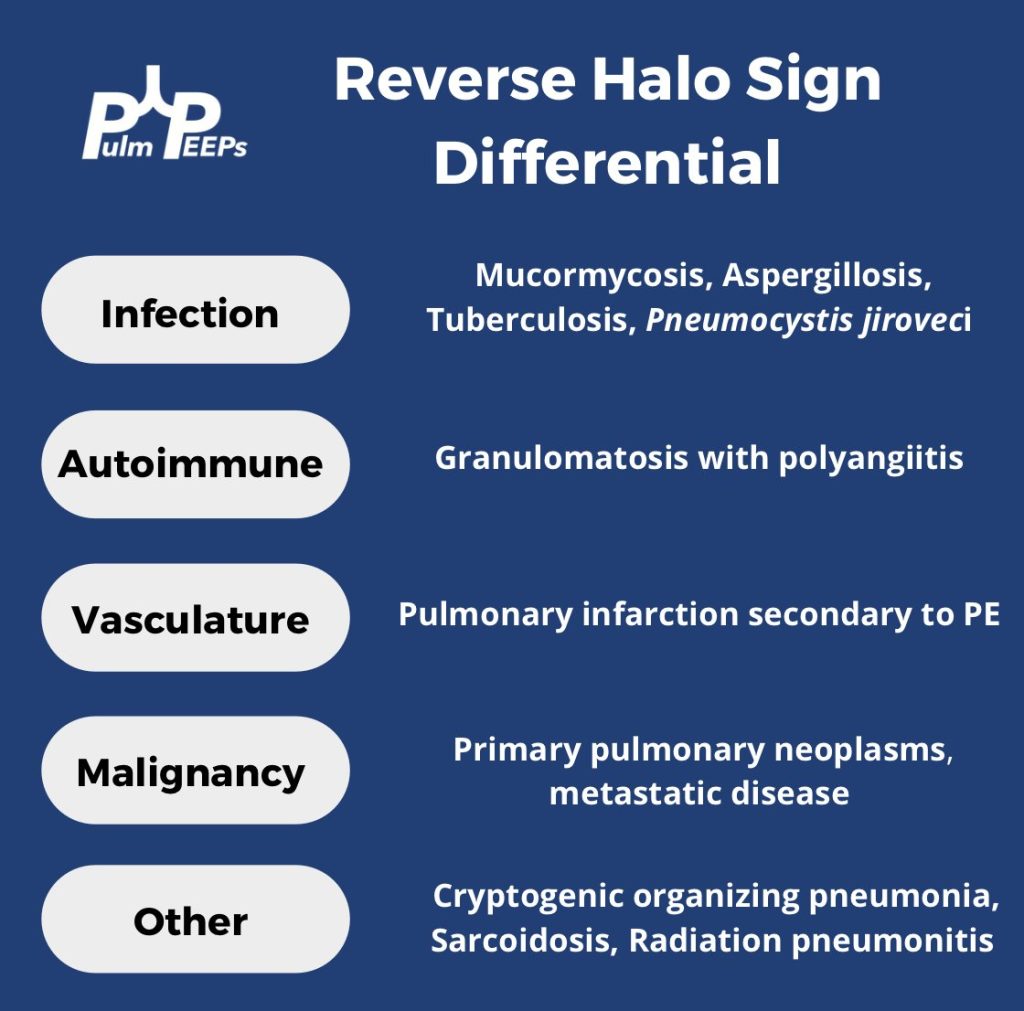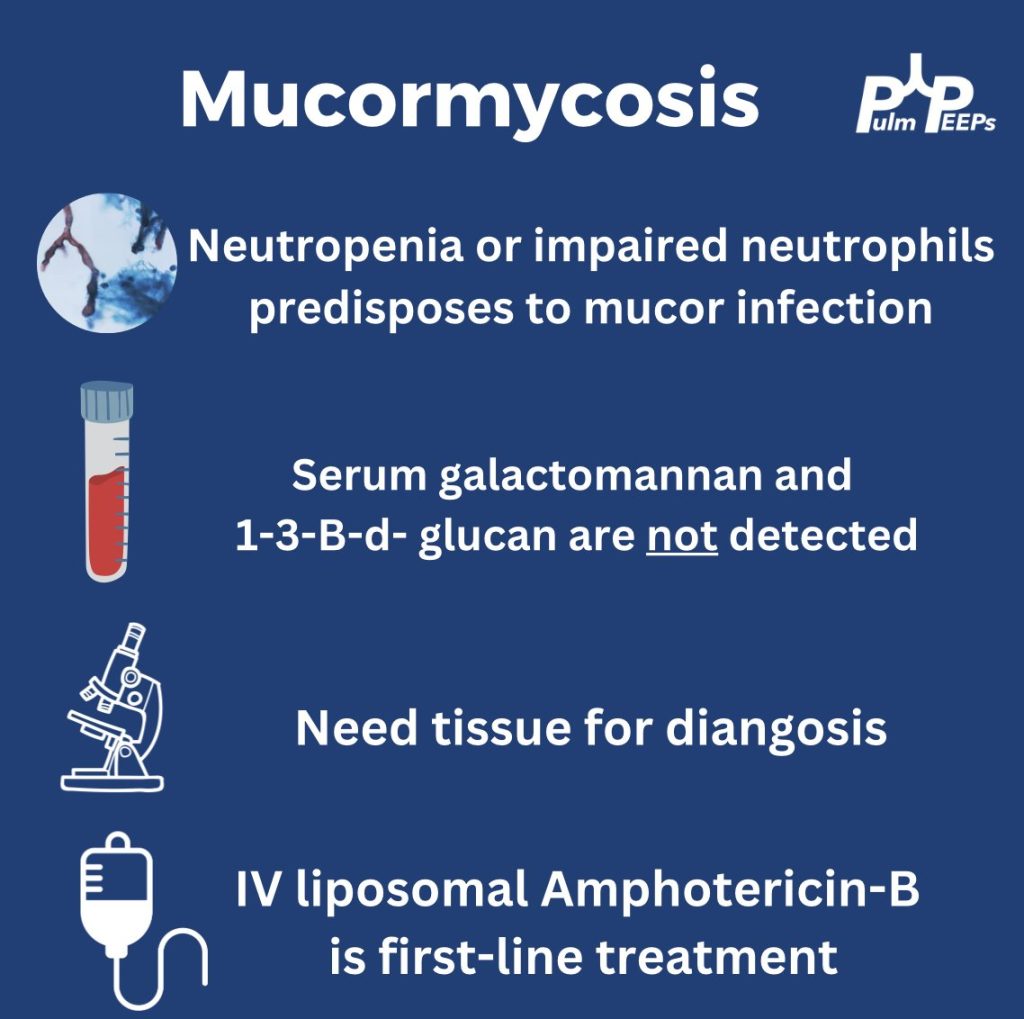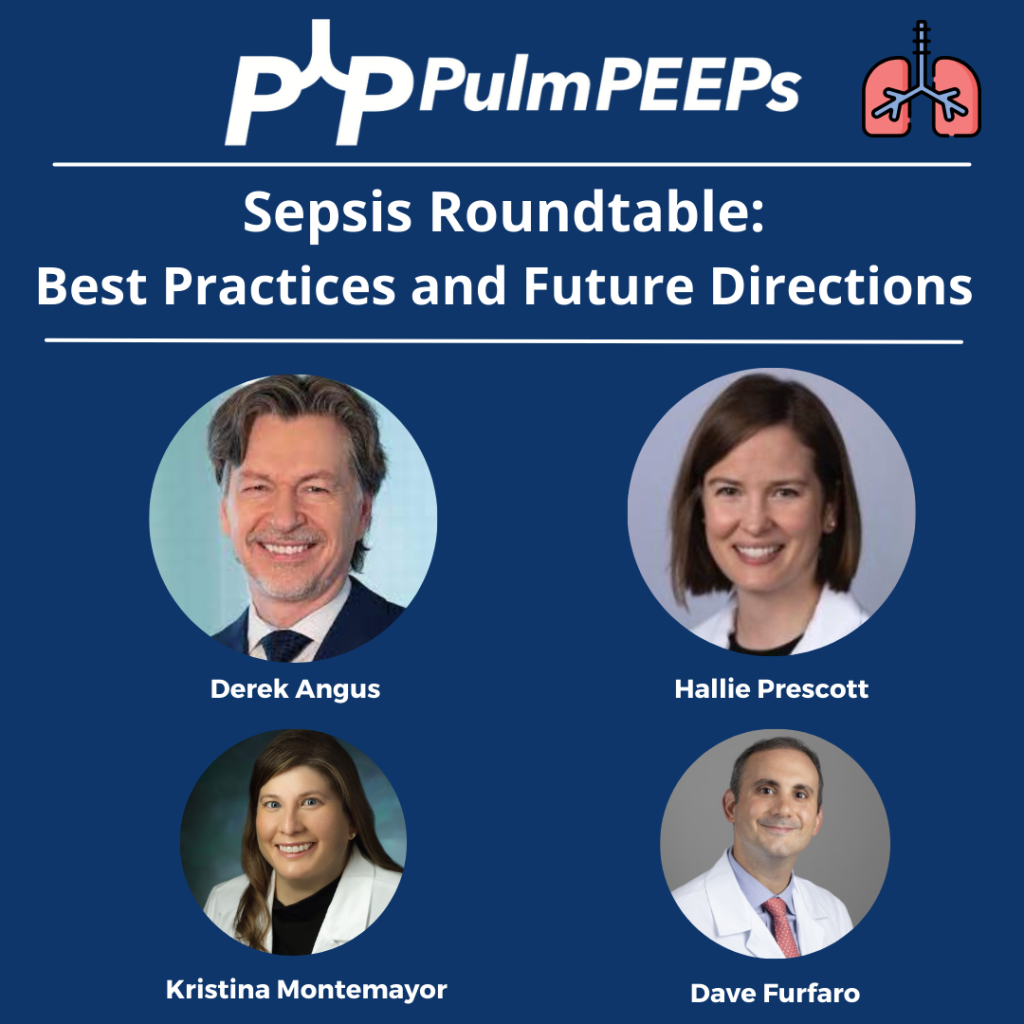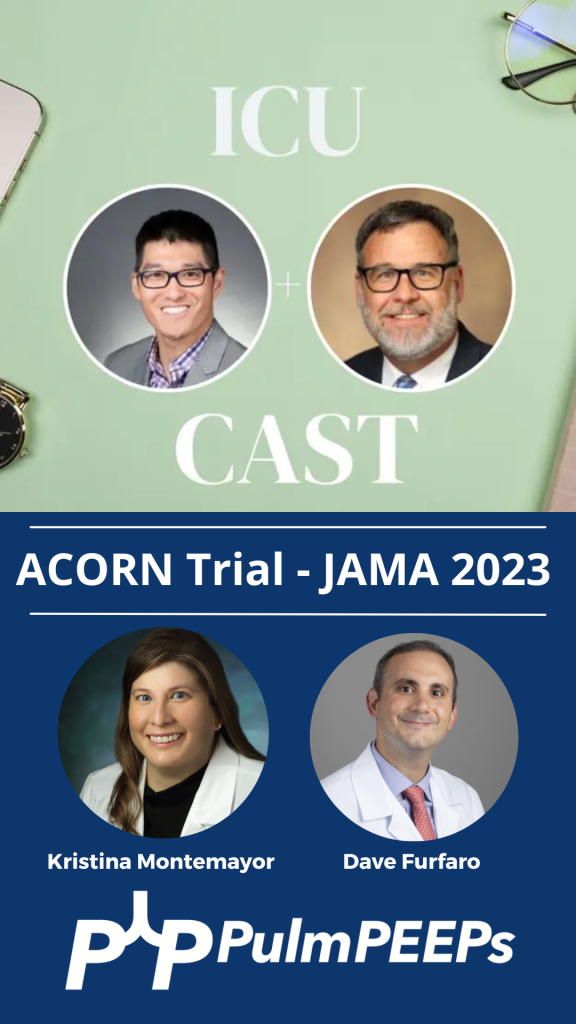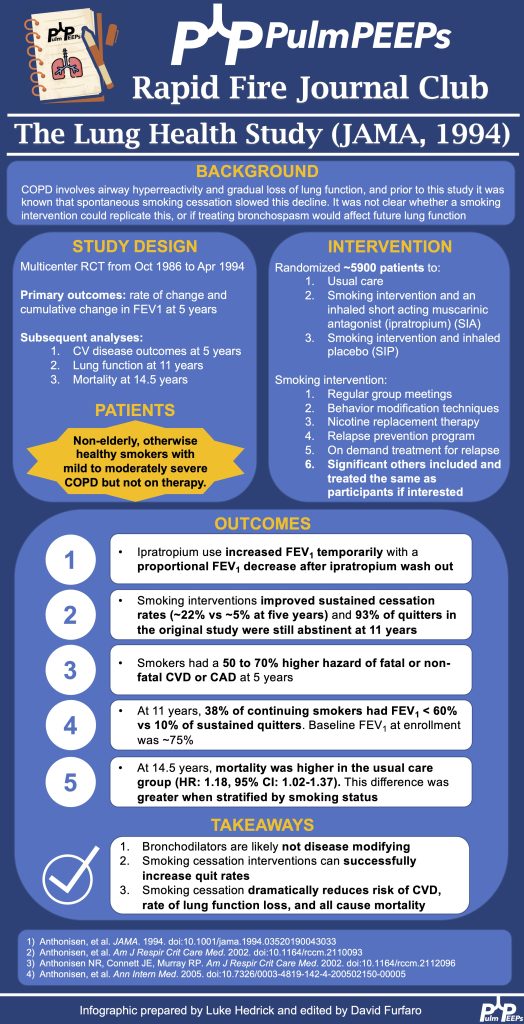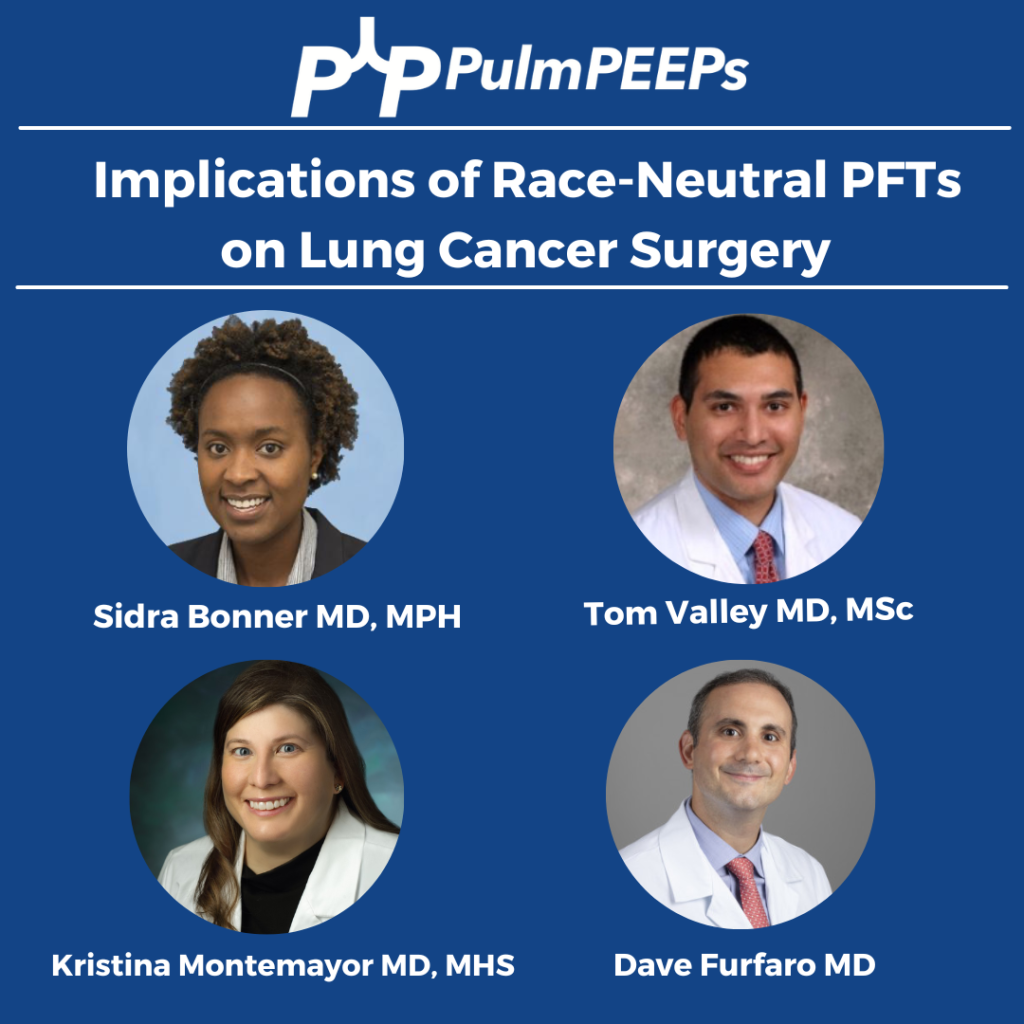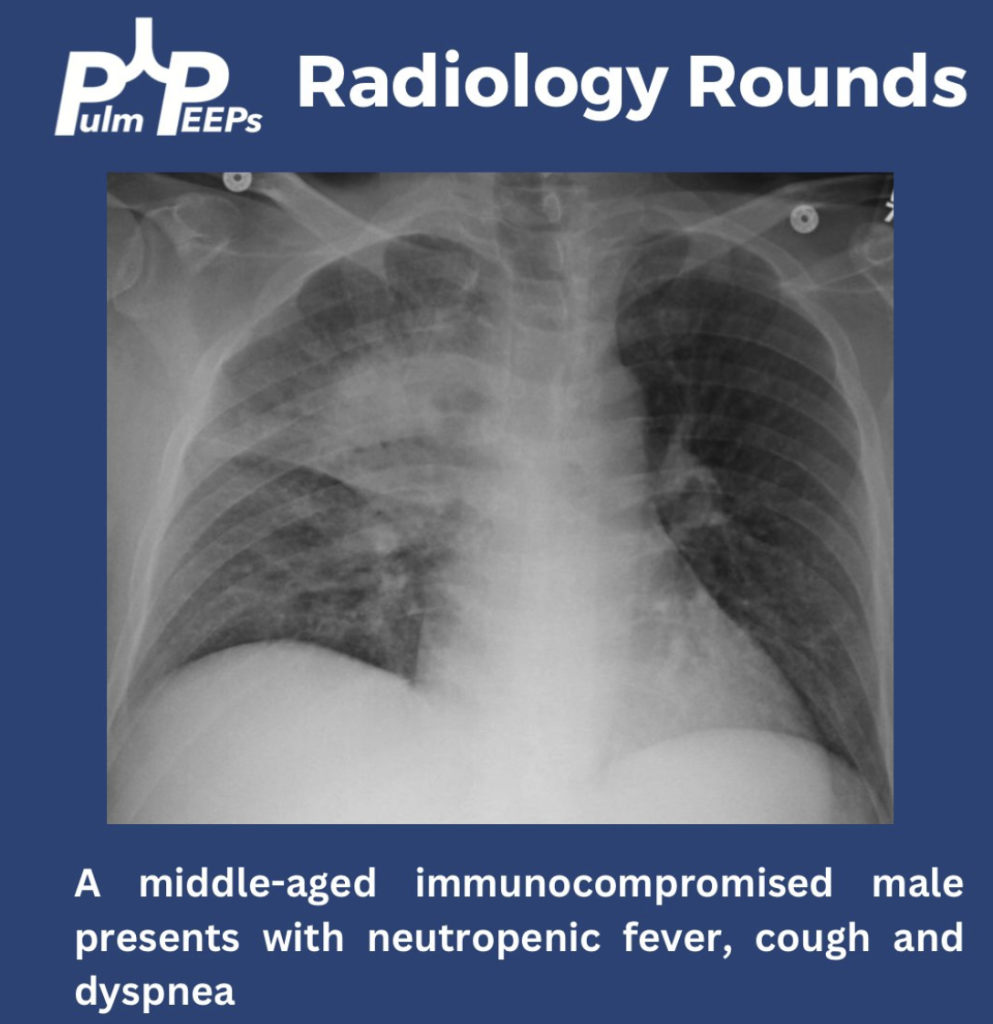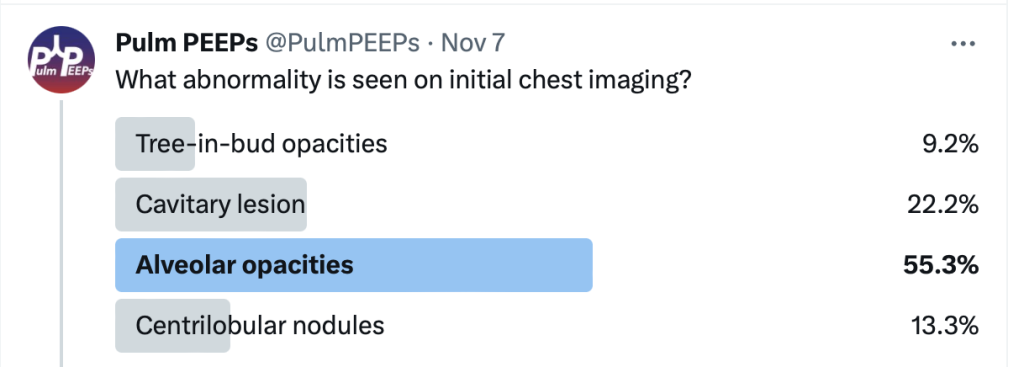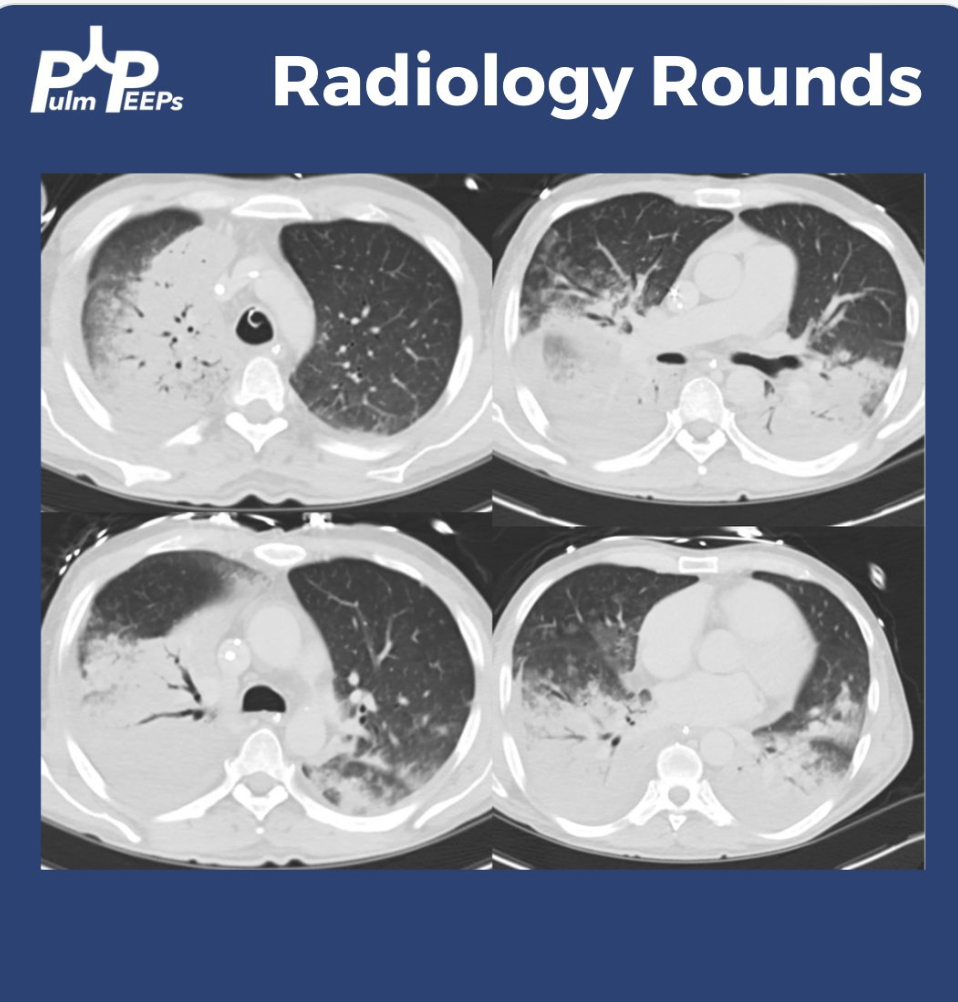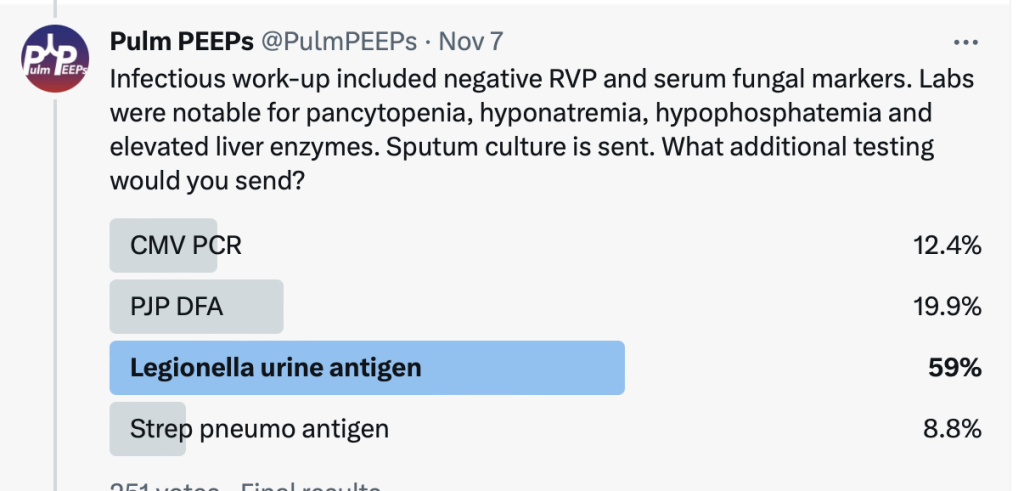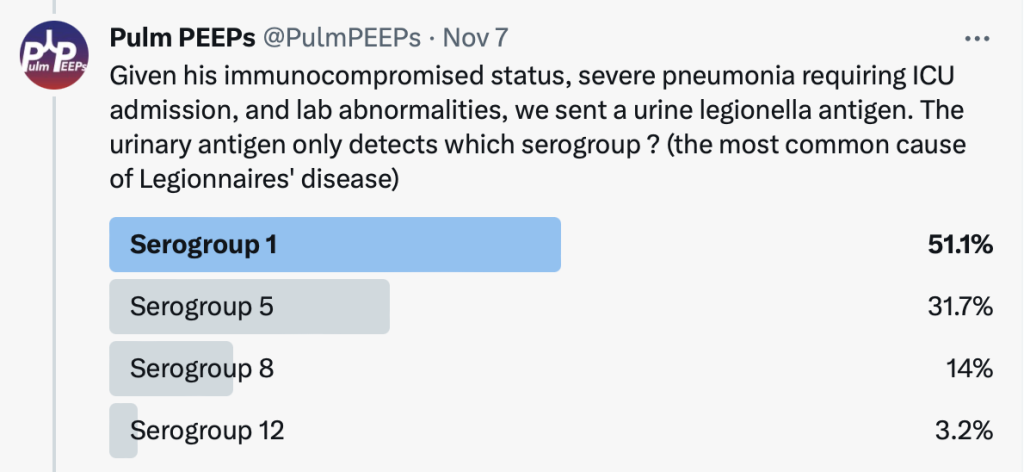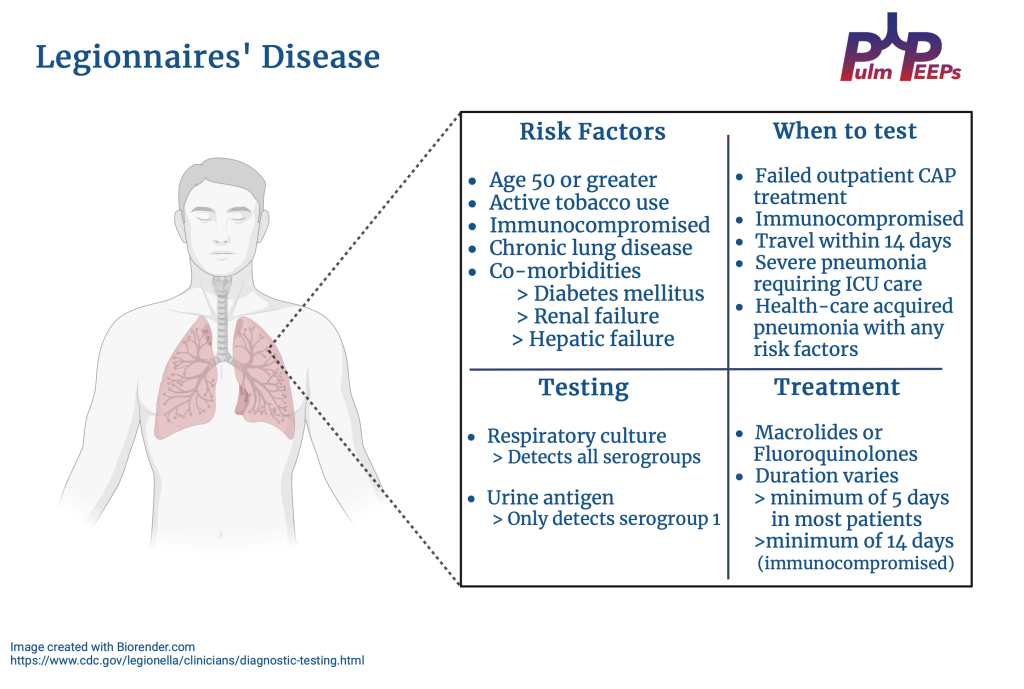We’re back with our Top Consults series to talk about Lung Transplant! This is a topic that every pulmonologist should have background knowledge about since it impacts the care of patients with end-stage lung disease of any cause. We will talk about the indications for referral and transplant, how to advise patients and some unique considerations for evaluation. Enjoy, rate and review us, and share your thoughts about the episode!
Meet Our Guests
Dr. Meghan Aversa is an Assistant Professor of Medicine at the University of Toronto and her expertise involves patients with end stage lung disease and lung transplant.
Dr. Hannah Mannem is an Associate Professor of Medicine at the University of Virginia Health. Hannah joined faculty at UVA in 2016 and she has expertise in ILD and Lung Transplant.
Learning Points
Trends in lung transplant:
- Global Increase in Lung Transplants: Over the past three decades, there has been a gradual worldwide increase in lung transplants, with approximately 4,500 performed annually. North America conducts over half of these transplants, and the growth is particularly notable in double lung transplants.
- Indications and Disease Trends: Interstitial lung disease (ILD) has seen a significant rise in lung transplant indications, surpassing COPD as the leading cause. ILD, especially idiopathic pulmonary fibrosis (IPF), constitutes a substantial portion (40%) of all transplants. However, the trend is primarily observed in North America.
- Decline in Cystic Fibrosis Cases: While Cystic Fibrosis is still a significant indication for lung transplant, its percentage has been declining, likely due to improvements in drugs and CFTR modulators.
- Evolution of Lung Transplant Candidates: Over the past five years, lung transplant candidates have become sicker, with higher listing scores and increased hospitalization rates at the time of transplant. More patients have antibodies affecting match difficulty. The average age of patients has increased, with 35% being over 65, a demographic that was previously considered contraindicated.
- Impact of COVID-19: The COVID-19 pandemic has influenced lung transplant trends. In 2020, UNOS added COVID-19-related ARDS and pulmonary fibrosis as indications. In 2021, these indications constituted about 10% of lung transplants, making it the third most common indication. Two-thirds were due to COVID-19 ARDS, and one-third due to pulmonary fibrosis. The long-term impact, especially with evolving vaccine dynamics, is still uncertain.
Indications for transplant referral:
- ISHLT Consensus Document Update (2021): The ISHLT consensus document for lung transplant candidate selection was updated in 2021. It is available on the ISHLT website and serves as a valuable guideline for pulmonologists considering referrals for lung transplant assessment.
- General Rule of Thumb for Chronic Lung Diseases: According to the consensus document, a general rule of thumb for all patients with chronic and stage lung diseases is to consider lung transplant if there is a high (more than 50%) risk of death from the lung disease within the next two years. Prognostic markers vary based on the underlying lung disease.
- Disease-Specific Recommendations: The consensus document provides disease-specific recommendations. The key diseases highlighted are COPD, ILD, CF, and PH.
- COPD: Referral is recommended when the BODE index is in the range of 5 to 6, with additional factors that increase mortality, such as frequent exacerbations, low FEV1 (20-25%), or rapidly increasing BODE. Referral is also advised for clinically deteriorating patients or those with an unacceptably low quality of life despite maximal medical therapy.
- ILD (Particularly IPF): Early referral is suggested, ideally at the time of diagnosis. For any pulmonary fibrosis, referral is recommended if FEC is less than 80% or declining by 10% in two years, or DLCO is less than 40% or declining by 15% in two years. Other factors for referral include radiographic progression or a need for supplemental oxygen.
- Cystic Fibrosis (CF): Referral is encouraged for those with FEV1 less than 30%, and even 40% if there’s reduced walk distance, hypercapnia, PH, frequent exacerbations, or rapid decline.
- Pulmonary Hypertension (PH): Referral criteria include a REVEAL score of eight, significant RV dysfunction, progressive disease on therapy, need for IV prostacyclin therapy, and specific conditions like PVOD, PCH, scleroderma pulmonary artery aneurysms, which should be referred early due to their rapid progression.
Transplant evaluation process
- Phases of Lung Transplant Evaluation:
- Referral and Initial Visit: The process begins with a referral, often from a primary pulmonologist. Patients can also self-refer. The initial phase involves insurance authorization and confirming the underlying diagnosis while ensuring all other treatment options are exhausted.
- Assessment of Disease Severity: The severity of end-stage lung disease is assessed to determine the timing of the workup, which varies depending on the patient’s condition and the center’s protocols.
- Diagnostic Steps: A thorough diagnostic workup follows the initial visit, including various tests, imaging, and meetings with multidisciplinary teams to assess medical and social factors influencing transplant success.
- Follow-Up Appointments: Patients typically have multiple follow-up appointments to track the evolution of the disease and ensure health maintenance and vaccinations are up to date.
- Selection Committee: The final phase involves a selection committee that determines if the patient is a candidate. If so, there may be conditional requirements before officially listing the patient.
- Multidisciplinary Approach: Lung transplant evaluation involves collaboration with various specialists, including social work, finance, nutrition, pharmacy, physical therapy, and potentially other consult services. The efficiency of this process is optimized for both the patient and the medical team.
- Diagnostic Workup:
- Medical Testing: Involves blood work, cardiac testing (echo, left and right heart cath), and imaging, including abdominal imaging, VQ scans, DEXA scans, and 24-hour urine analysis.
- Multidisciplinary Meetings: Patients meet with members of the multidisciplinary team, addressing medical comorbidities as well as social and psychological factors.
- Follow-Up Appointments: Multiple appointments allow for tracking disease progression and ensuring overall health maintenance.
- Selection Committee Decision: The patient receives a decision from the selection committee, determining candidacy. Sometimes, patients are considered candidates with conditions (e.g., completing vaccinations or losing weight). Timing of listing is also discussed to ensure optimal candidacy.
- Patient Involvement: Patients play an active role, and the process may involve self-referral, understanding and completing requirements, and active participation in follow-up appointments.
- Efficiency and Individualization: The evaluation process is tailored to the patient’s condition, and centers aim to efficiently organize diagnostic workup and multidisciplinary meetings to optimize patient care.
Timing of transplant listing for candidates
- COPD Patients: For COPD patients, listing is likely when the Bode index is around 7, the FEV1 is under 20%, there is at least moderate pulmonary hypertension (PH), chronic hypercapnia, or severe exacerbations.
- ILD Patients: Patients with interstitial lung disease (ILD) are likely to be listed when showing signs of progression or decline in forced expiratory capacity (FEC), diffusing capacity of the lungs for carbon monoxide (DLCO), or six-minute walk distance. Other indicators include hypoxemia, secondary pulmonary hypertension, or hospitalization for complications.
- CF Patients: Cystic fibrosis (CF) patients are considered for listing when FEV1 is below 25% or is rapidly declining, and if they experience frequent hospitalizations. Listing criteria also include the presence of pulmonary hypertension, chronic hypoxemia, or hypercapnia.
- Pulmonary Hypertension Patients: Those with primary pulmonary hypertension may be listed when the reveal score is above 10 on intravenous therapy, there is progressive hypoxemia, or if there are renal or liver dysfunctions associated with pulmonary hypertension (PH).
Changes from the LAS system to the CAS system
- Transition to Composite Allocation Score (CAS):
- Background and Timing: In March 2023, the lung allocation system (LAS) transitioned to the composite allocation score (CAS), a major change in the allocation of lung transplants.
- Reasoning Behind the Change: The change aimed to improve organ matching, prioritize sick candidates, enhance long-term survival, promote equity, increase transplant opportunities for specific patient groups (especially pediatric patients), and manage geographical variation in organ placement.
- Components of CAS:
- Medical Urgency: Based on waitlist mortality at one year without a transplant and the likelihood of survival post-transplant, now assessed at greater than five years, with equal weighting.
- Recipient Variables: Includes factors like height discrepancy, blood type matching, sensitization (immune system matching), and other recipient variations.
- Candidate Biology: Focuses on pediatric patients (less than 18 years old) and individuals are a prior living donor.
- Donor Variables: Addresses donor characteristics, emphasizing proximity and travel distance from the organ hospital.
- Early Data and Observations: The initial three-month monitoring period has shown changes in O blood type scores, prompting adjustments. Notable outcomes include a 16% increase in the number of lung transplants, a decrease in waitlist deaths and removals, and changes in median distance between donor hospital and transplant center.
- Exception Scores: The number of exception scores has increased, allowing for adjustments when the assigned score may not reflect the patient’s true medical urgency.
- Caution and Early Analysis: Early data, while promising, is subject to caution as centers were aware of the upcoming change. The impact on different age groups and the reasons for exceptions are being closely monitored and may evolve as more data becomes available.
- Ongoing Monitoring and Potential Evolution: The data is being closely tracked by medical directors, and further changes to the scoring system may occur based on ongoing analysis and experience with the CAS. The impact on patient outcomes and allocation efficiency will continue to be studied and refined.
Advising patients on what to expect in terms of prognosis and survival after lung transplant
- Survival Statistics:
- Overall three is approximately 50 percent survival at five years, and the median survival time is approximately six and a half years.
- Significant variations based on factors such as diagnosis, age, and comorbidities.
- Survival outcomes differ for specific groups, e.g., cystic fibrosis (CF) patients, those older than 65, and individuals with interstitial lung disease (ILD).
- Quality of Life Emphasis:
- Shift in focus from survival alone to the patient’s goals and quality of life.
- Highlighting the importance of understanding and aligning with the patient’s individual quality of life expectations.
- Investment in Healthcare Team and Lifestyle Change:
- Emphasis on the long-term commitment and involvement with the healthcare team post-transplant.
- A substantial investment in healthcare post-transplant, including regular visits, extensive blood work, and medication management.
- Cultural shift for patients to adapt to a new routine of frequent medical visits even when otherwise healthy.
- Complications and Side Effects:
- Acknowledgment of potential complications within the first year, making the initial post-transplant period a full-time job.
- Discussion of various complications and medication side effects, ensuring patients are informed.
- Multidisciplinary approach involving nutritionists, physical therapists, and other specialists to address complications and enhance the patient’s quality of life.
- Individualized Patient Approach:
- Recognition of the patient’s fight, spirit, and motivation as crucial factors for successful transplantation.
- Encouraging patients to set goals for their post-transplant life.
- Ethical considerations regarding transplanting older patients, with the importance of assessing overall well-being, motivation, and mental health.
- Acknowledgment of Averages and Unpredictability:
- Communication of averages, but a reminder of the inherent unpredictability in the post-transplant course.
- Preparing patients for potential complications and the need to adapt to unforeseen challenges.
- Managing expectations by highlighting the unpredictability of individual transplant journeys.
- Quality of Life Improvement:
- Despite complications and side effects, lung transplant often results in a significant improvement in the patient’s quality of life.
- Patients generally experience increased satisfaction and happiness post-transplant, outweighing the challenges associated with the procedure and subsequent care.
References for further reading
- Leard LE, Holm AM, Valapour M, Glanville AR, Attawar S, Aversa M, Campos SV, Christon LM, Cypel M, Dellgren G, Hartwig MG, Kapnadak SG, Kolaitis NA, Kotloff RM, Patterson CM, Shlobin OA, Smith PJ, Solé A, Solomon M, Weill D, Wijsenbeek MS, Willemse BWM, Arcasoy SM, Ramos KJ. Consensus document for the selection of lung transplant candidates: An update from the International Society for Heart and Lung Transplantation. J Heart Lung Transplant. 2021 Nov;40(11):1349-1379. doi: 10.1016/j.healun.2021.07.005. Epub 2021 Jul 24. PMID: 34419372; PMCID: PMC8979471.
- van der Mark SC, Hoek RAS, Hellemons ME. Developments in lung transplantation over the past decade. Eur Respir Rev. 2020 Jul 21;29(157):190132. doi: 10.1183/16000617.0132-2019. PMID: 32699023; PMCID: PMC9489139.
- Valapour M, Lehr CJ, Wey A, Skeans MA, Miller J, Lease ED. Expected effect of the lung Composite Allocation Score system on US lung transplantation. Am J Transplant. 2022 Dec;22(12):2971-2980. doi: 10.1111/ajt.17160. Epub 2022 Aug 9. PMID: 35870119.
- Arcasoy SM, Kotloff RM. Lung transplantation. N Engl J Med. 1999 Apr 8;340(14):1081-91. doi: 10.1056/NEJM199904083401406. PMID: 10194239.
Podcast: Play in new window | Download
Subscribe: Apple Podcasts | Spotify | Amazon Music | Android | iHeartRadio | Podcast Index | | More
